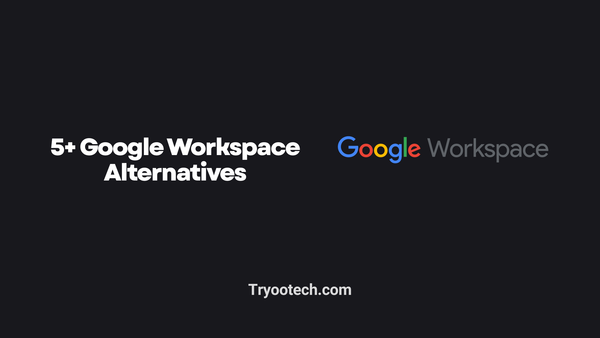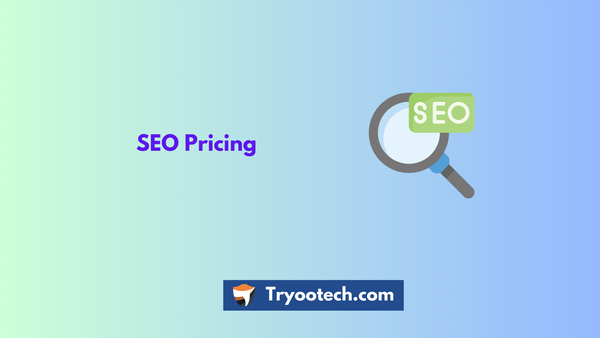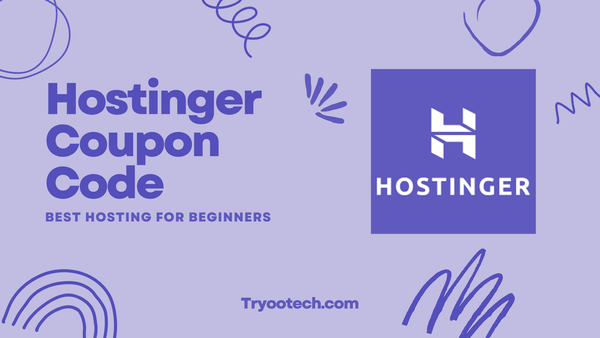Effective Strategies for Minimizing Ecommerce Website Development Cost in 2024

E-commerce website development is an integral part of modern business. With the surge in online shopping trends, businesses now more than ever need to establish a robust online presence. However, the cost of developing an e-commerce website can be substantial, making it crucial for businesses to implement cost-minimization strategies.
Importance of Cost-Effective E-commerce Development
Developing an ecommerce website is a financial investment. The cost of the development process can significantly impact a business’s overall profits. Therefore, leveraging cost-effective strategies is essential to maximize return on investment and ensure the long-term financial health of the business.
Strategy 1: Choosing the Right Platform
There are numerous ecommerce platforms available, each with its strengths and weaknesses. The key to affordable development is choosing a platform that best suits your business needs while still being cost-effective. This requires thorough research and comparison of different platforms in terms of functionality, scalability, and cost.
- Magento: Known for its robustness and scalability, Magento is a flexible platform that can cater to businesses of all sizes. It’s an open-source platform, which means there are no fees associated with its use, but it does require skilled developers for setup and maintenance.
- Shopify: Great for startups and small businesses, Shopify is a user-friendly platform with a variety of templates to choose from. It has a monthly fee but offers 24/7 support and easy integration with various payment gateways.
- WooCommerce: Ideal for small to medium-sized businesses, WooCommerce is a free WordPress plugin. It’s user-friendly and customizable with plenty of themes and plugins, but its scalability can be limited for larger businesses.
- BigCommerce: Suitable for businesses of any size, BigCommerce offers excellent built-in features and doesn’t charge transaction fees. However, it can become pricy as your business grows due to its tier-based pricing structure.
Strategy 2: Effective Planning and Scope Definition
A well-defined scope and detailed planning can eliminate unnecessary expenses. It allows you to have a clear understanding of your goals and the path to achieve them. This, in turn, prevents mid-project changes that may lead to unexpected costs.
- Develop a Budget: Estimating the cost of your e-commerce project from the outset can help avoid overspending. Analyze your financial resources and determine how much you can afford to invest in the e-commerce platform.
- Analyze Your Target Market: Understanding your target audience’s preferences and buying behaviors can guide your platform selection and customization, reducing the risk of costly mistakes or reworks.
- Customer Support: Consider the level of customer support offered by your chosen platform. Excellent customer service can save money in the long run by preventing potential issues or resolving them quickly.
- Security Measures: Robust security measures are crucial for e-commerce platforms. Investing in top-notch security can prevent financial losses due to fraud or data breaches.
- Scalability: Choose a platform that can grow with your business. A scalable platform avoids the future costs of migrating to a new platform when your business expands.
Strategy 3: Utilizing Pre-built Themes and Features
Pre-built themes and features can significantly cut down development costs. These templates provide a ready-made foundation for your website, reducing the amount of time and resources spent on development. It’s all about customizing these themes to suit your brand and business needs.
- Mobile Responsiveness: Ensure that the pre-built theme you select is mobile-responsive. A significant portion of online shopping is done via mobile devices, and having a mobile-friendly website can enhance customer experience and potentially increase sales.
- Customization Options: Check the level of customization the theme offers. High flexibility in customization enables you to tailor your website to perfectly match your brand, providing a unique shopping experience for your customers.
- SEO Friendliness: Opt for a theme that is SEO friendly. This feature helps your e-commerce website rank higher in search engine results, driving more traffic to your site and boosting sales.
- Loading Speed: The loading speed of the theme is a critical factor to consider. A slow-loading website can drive customers away and negatively impact your SEO.
- User Reviews: Finally, always check user reviews and ratings of the theme. Reviews provide insights into the theme’s performance and potential issues, helping you make an informed choice.
Strategy 4: Outsourcing Development Tasks
Outsourcing is an effective way of reducing development costs. It allows you to get the job done by experts without having to hire a full-time, in-house team. However, it’s essential to ensure that the outsourcing partner you choose offers quality services at affordable rates.
- Quality Assurance: Make sure the outsourcing partner you choose has a robust quality assurance process in place. This ensures that the final product not only meets your requirements but also adheres to the highest industry standards.
- Communication: Strong communication is a crucial aspect of successful outsourcing. Your partner should be able to listen, understand your needs, and communicate their progress effectively.
- Experience: Look for an outsourcing partner with a proven track record in e-commerce development. This reduces the risk of potential issues during the development process.
- Scalability: Choose a partner with scalability. As your business grows, your requirements might change; a scalable partner can adapt to these changes smoothly.
- Confidentiality: Your outsourcing partner should respect your business confidentiality, ensuring that your valuable business information is secure and protected.
Strategy 5: Continuous Testing and Maintenance
Continuous testing and maintenance is a preventive strategy that helps avoid costly repairs and overhauls. Regular checkups can identify potential problems early on, allowing them to be fixed before they escalate and become more expensive to resolve.
- Proactive Approach: Implementing a proactive approach to testing and maintenance allows for early identification and resolution of issues. This helps prevent small problems from becoming major setbacks.
- Regular Audits: Regular audits of the e-commerce site’s functionality and performance can help ensure optimal operation and user experience.
- Performance Monitoring: Continual monitoring of site performance can provide valuable data and insights, helping to identify potential areas for improvement and optimization.
- User Feedback: Consider incorporating a mechanism for user feedback. This can help identify any issues from the user’s perspective and can drive improvements based on actual user experiences.
- Security Updates: Regular security updates are crucial to protect the site and user data from potential threats and cyber-attacks. Security should be a top priority in testing and maintenance strategies.
- Disaster Recovery Plan: Having a disaster recovery plan in place is essential. This ensures business continuity in case of any major issue or outage, thereby mitigating potential losses.
Conclusion
In conclusion, understanding ecommerce website development cost is critical for effective planning and budgeting, ensuring cost-effectiveness during the development process. By choosing the right platform, planning effectively, and utilizing pre-built themes, businesses can significantly reduce their e-commerce website development costs.
Further savings can be achieved through outsourcing, as well as regular testing and maintenance which can prevent costly issues in the future. Proactive testing, maintenance, and a robust disaster recovery plan are essential strategies that not only save money but also contribute to the development of a high-performing e-commerce website. By implementing these strategies, businesses can effectively manage e-commerce website development costs and ensure their site operates smoothly.
These efforts will enhance the user experience, increase sales, and boost customer satisfaction in the highly competitive e-commerce landscape. If you’re looking to develop a successful, cost-effective, and efficient e-commerce website, get in touch with us today. We can help you navigate the intricacies of e-commerce website development costs and devise a plan that suits your business needs.





